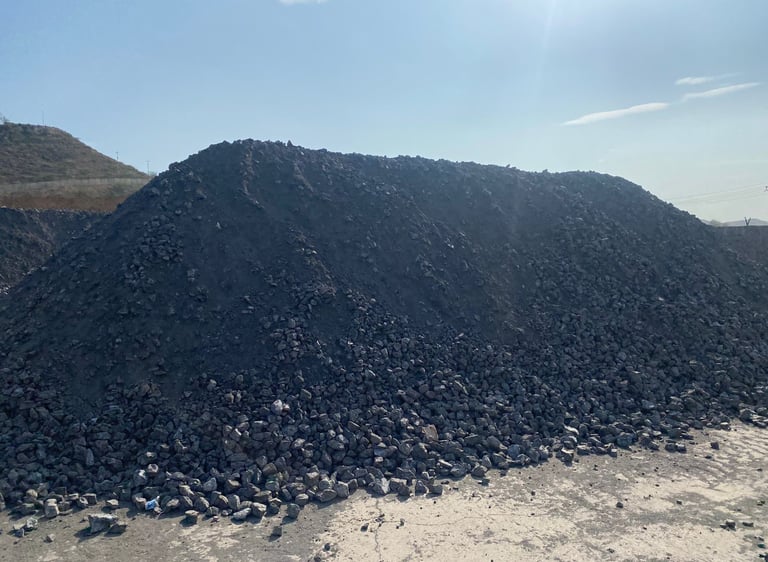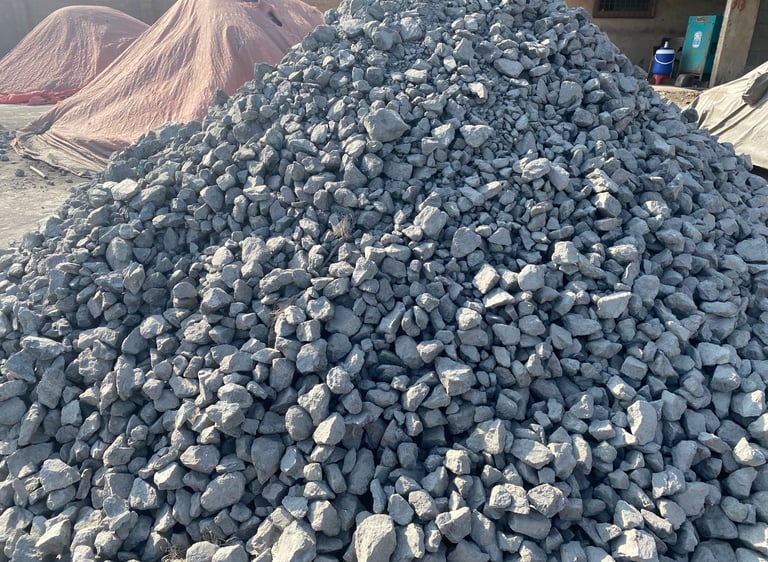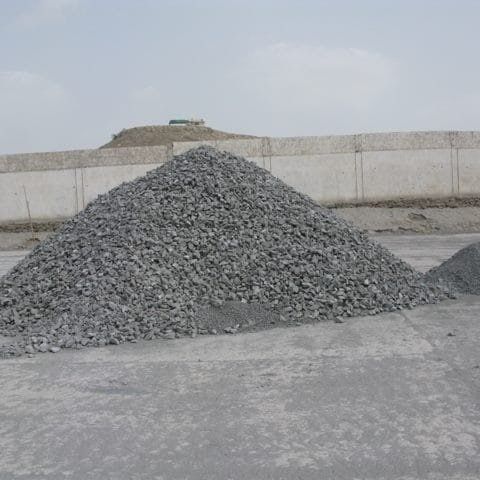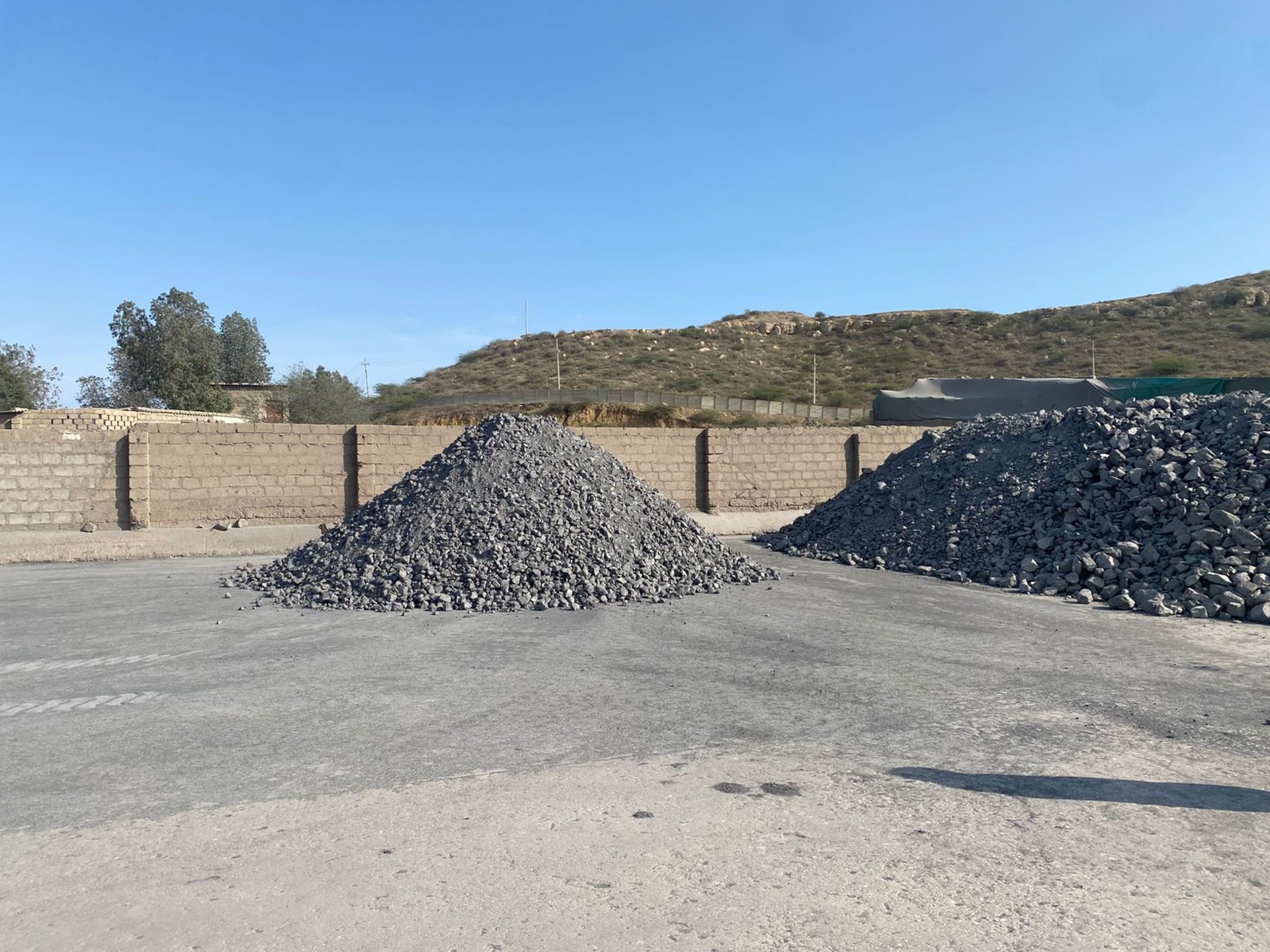
We are a company established since 1998 in Karachi, Pakistan engaged in the processing and trading of minerals including Antimony, Barite, Bentonite, Chromite, Copper, Gilsonite, Manganese, Onyx, Pink Salt, Talc, Quartz and Sandstone. Our processing includes grading, grinding and washing lines for removal of silica from chromite. Our main focus is Bentonite, Chromite, and Pink Salt. Empower yourself to make the changes you need to make
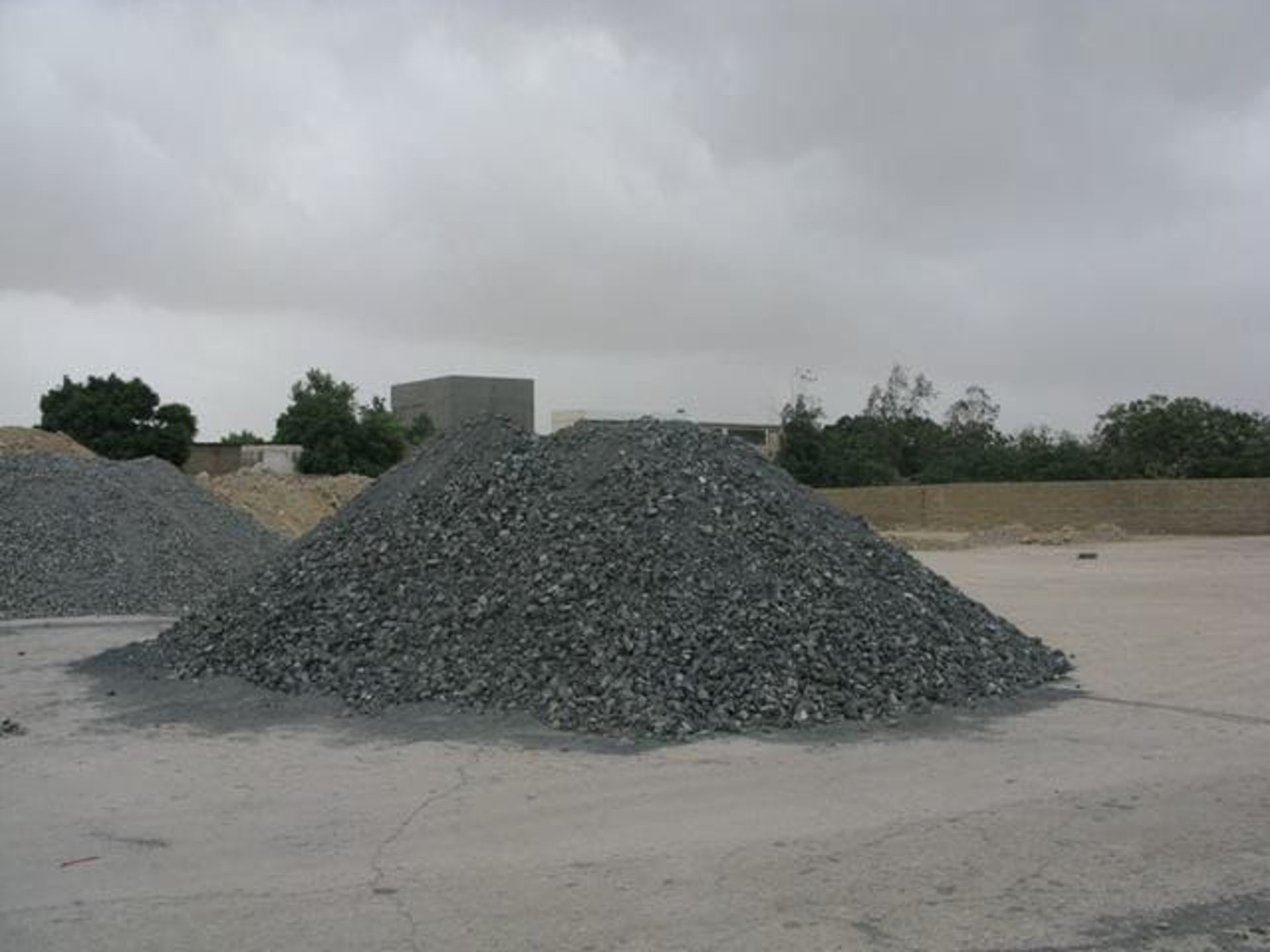
Chromite Ores 40%~42%
70% Lumpy and 30%
Fines
40-42% Cr₂O₃ typically focus on minimum Chromium Oxide content (40-42% Cr₂O₃), but also include parameters for silica (SiO₂) content, which should be relatively low (e.g., below 13%). Other important specifications can include iron oxide (FeO) content (typically less than 18%), alumina (Al₂O₃) content (below 13-15%), magnesia (MgO) content (below 22-24%), and sulfur (S) content (very low, e.g., 0.01% max). The acceptable range for Cr:Fe ratio is also crucial for metallurgical applications, often requiring a minimum of 2.30:1 or higher.
Key Specifications:
Cr₂O₃ (Chromium Oxide): 40-42% minimum (or specified as 40-42%Cr₂O₃), which is the primary indicator of chromium content.
SiO₂ (Silica): Typically a maximum limit, such as 13%. High silica content is undesirable as it can act as a flux and reduce the ore's value.
FeO (Iron Oxide): Often specified with a maximum, e.g., 18%.
Al₂O₃ (Alumina): A maximum limit, such as 13-15%.
MgO (Magnesia): A maximum, such as 22-24%.
S (Sulfur): A very low maximum, like 0.01%. Sulfur impurities are detrimental to metallurgical processes.
Cr:Fe Ratio: The ratio of chromium to iron, often with a minimum requirement like 2.30:1 min. This is a critical factor for ferrochrome production.
Moisture: A maximum limit for moisture content is also specified, such as 5% max.
P (Phosphorus): A maximum, e.g., 0.01% max.
Important Considerations:
Application:
The specific grade and acceptable limits for impurities will vary depending on the intended use (e.g., metallurgical, chemical, or refractory applications).
Source of Ore:
The geological source (country or region) of the chromite ore can influence its chemical composition and gangue (impurities) content.
Physical Characteristics:
In addition to chemical composition, physical characteristics such as particle size and lumpiness are also important specifications.
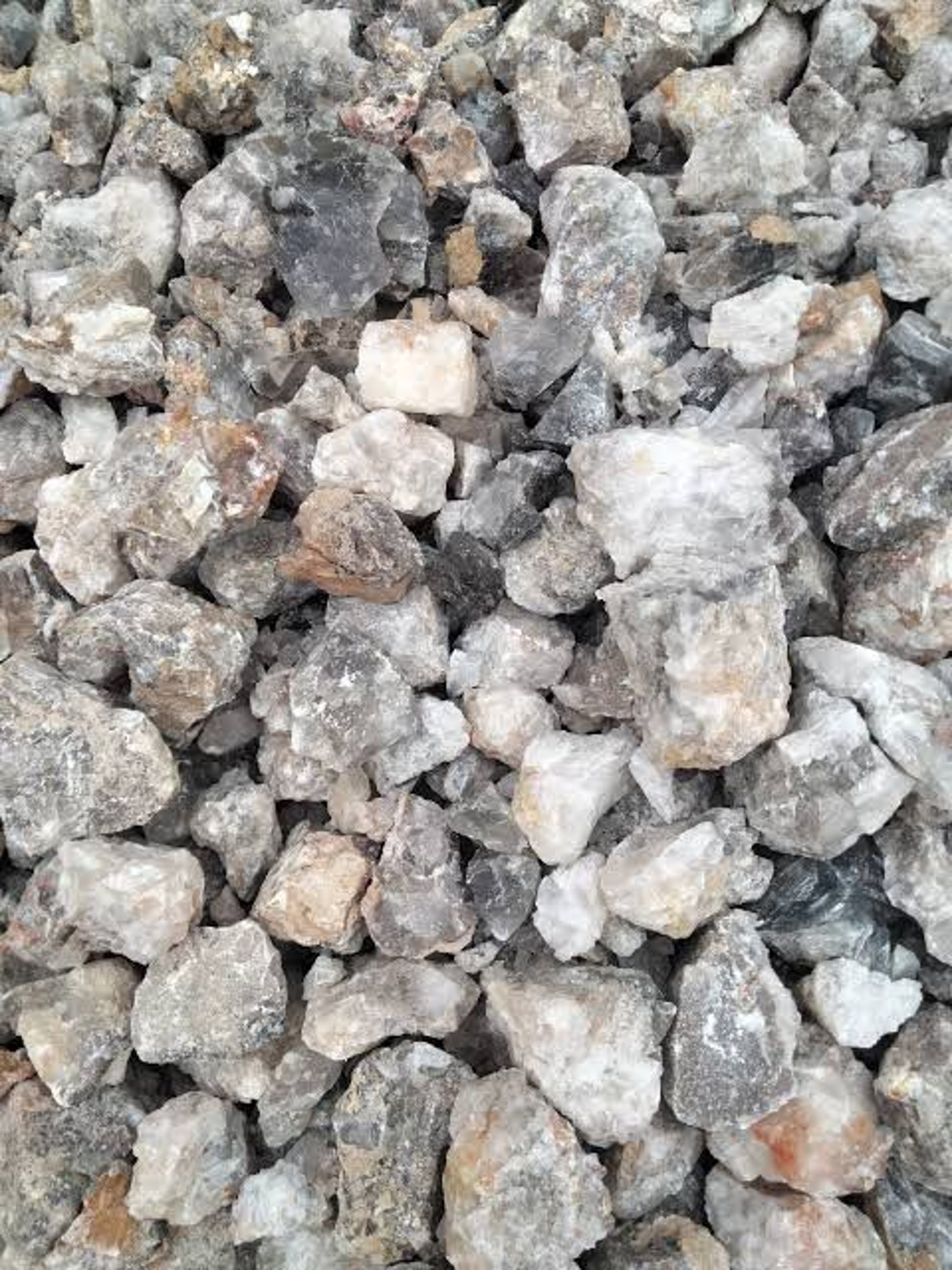
Chromite Ores 48%~52%
70% Lumpy and 30% Fines
Chromite ore specifications for 48-50% Cr₂O₃ content include a high Cr:Fe ratio, typically 2.4:1 or higher, and low levels of impurities like silica (SiO₂ ≤ 13% max), alumina (Al₂O₃ ≤ 15% max), and sulfur (S ≤ 0.01% max). The ore also requires low moisture (≤ 5% max) and specific lump size distribution, often with more than 60% between 10-300mm, depending on the user's application.
Key Specifications for 48-50% Cr₂O₃ Chromite Ore
Chromium (Cr₂O₃): 48-50% minimum
Iron (as FeO): Low levels, typically less than 18-20%
Cr:Fe Ratio: High ratio, often specified as 2.4:1 or higher, to meet metallurgical requirements
Impurities:
Silica (SiO₂): ≤ 13% max
Alumina (Al₂O₃): ≤ 15% max
Phosphorus (P): ≤ 0.01% max
Sulfur (S): ≤ 0.01% max
Moisture (H₂O): ≤ 5% max
Size Distribution: Often a lumpy product, with specifications on the percentage of ore within certain size ranges. For example, one specification
indicates:
0-10mm: ≤ 40% max
10-300mm: ≥ 60% min
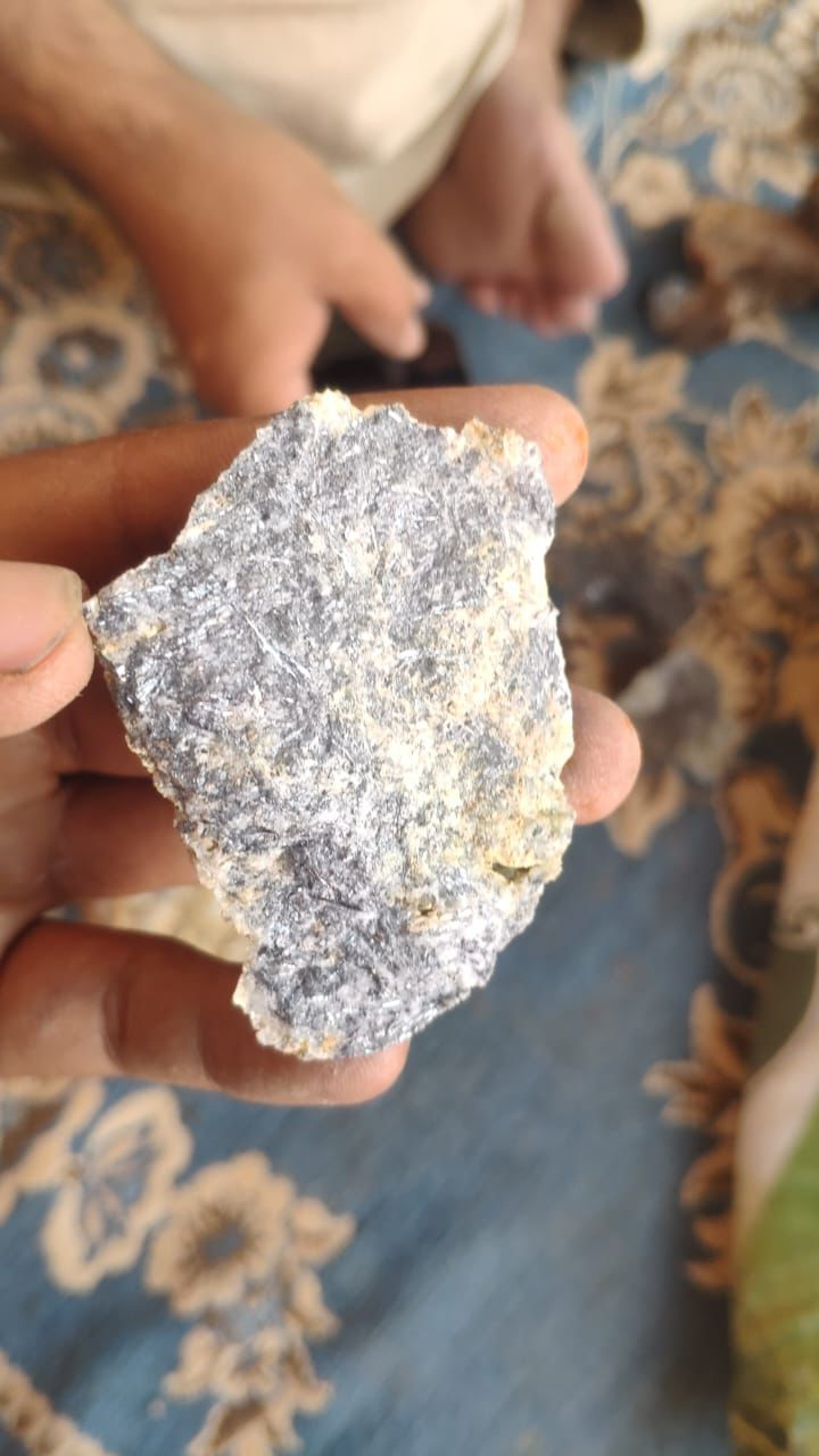
Chromite Ores 50%-56%
Chromite ore specifications, particularly for "50-56”%", typically refer to a minimum of 50% Cr₂O₃ content, with key accompanying factors including a high Cr:Fe ratio, low levels of impurities like silica (SiO₂), and controlled amounts of aluminum (Al₂O₃) and magnesium (MgO). While the exact specifications can vary based on the intended use (e.g., metallurgical, refractory, or chemical), a 50% Cr₂O₃ grade signifies a high-quality product suitable for metallurgical purposes.
Key Specification Parameters:
Chromic Oxide (Cr₂O₃):
The primary indicator of chromium content, with "50%" generally meaning at least 50% Cr₂O₃.
Chromium to Iron (Cr:Fe) Ratio:
A crucial factor for metallurgical grades, where a high Cr:Fe ratio is desired to maximize the extractable chromium and minimize iron. A ratio of 1.5:1 or higher is often sought.
Silicon Dioxide (SiO₂) :
Also known as silica, this is a common gangue (impurities) in chromite. Low silica content is essential for high-quality ore, as high levels negatively impact extraction and processing.
Aluminum Oxide (Al₂O₃):
High alumina content is typical in refractory-grade chromite but generally undesirable for metallurgical grades.
Magnesium Oxide (MgO):
A common constituent, but specifications often set a maximum limit to control its presence.
Other Impurities:
Elements like phosphorus (P) and sulfur (S) are also specified at very low maximum levels, as they are detrimental to smelting and refining processes.
Moisture Content:
Limits are often placed on the moisture content, typically around 5% max for lumpy ores.
Variations in Specifications:
Metallurgical Grade:
This is the largest segment of the market and is often characterized by high Cr₂O₃, a good Cr:Fe ratio, and low silica.
Refractory Grade:
These ores can have lower Cr₂O₃ (e.g., 30-40%) but are high in Al₂O₃.
Chemical Grade:
Specifications can be tailored to chemical requirements, focusing on specific levels of chromium and other oxides.
In summary: A chromite ore described as "50%" is a high-grade product, and while the exact composition will vary by source, the key specifications to look for are the percentage of Cr₂O₃, the Cr:Fe ratio, and the levels of impurities like SiO₂ and Al₂O₃.
ADDRESS
G-78/1 Block 4, Clifton Karachi, Pakistan





